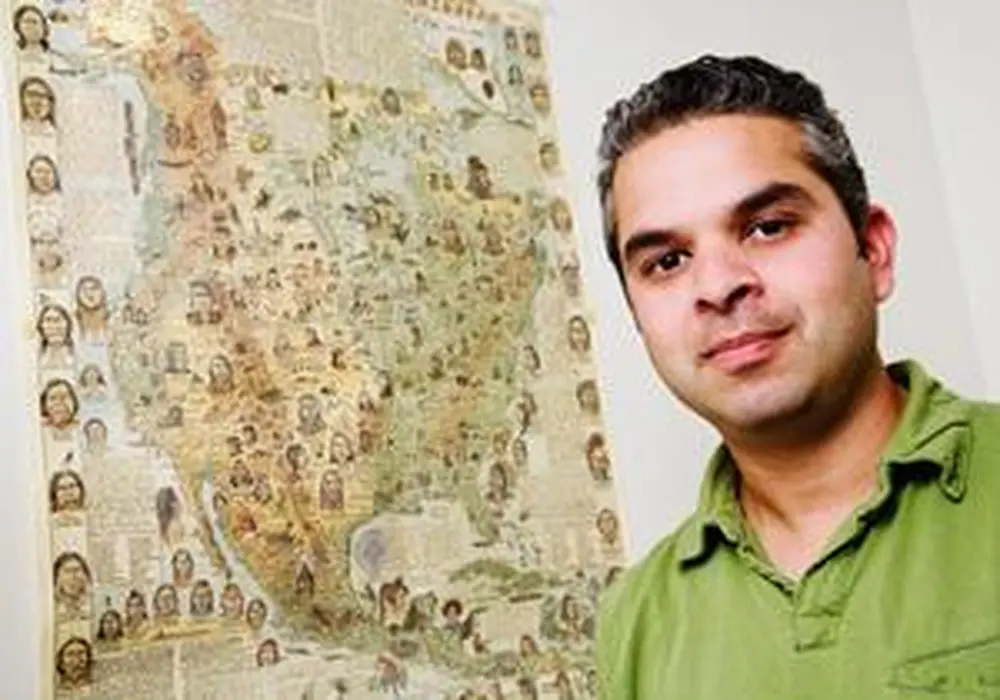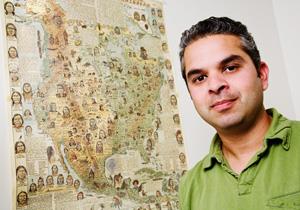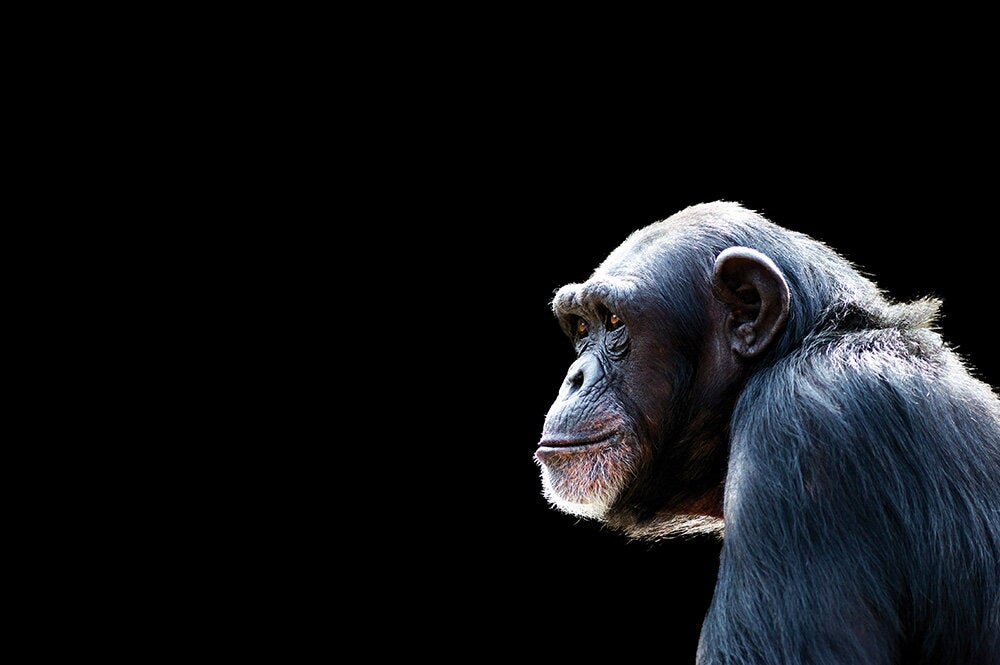

In researching how humans populated the Americas, Ripan Malhi, a U of I molecular anthropologist, has encountered the usual obstacles that come with dealing in microscopic substances. Then there’s that problem of being called a vampire.
He’s not, of course. It’s just that his field of work traditionally involves asking people for tissue and blood samples, either from themselves or their dead relatives, and you can see how certain suspicions arise. Couple that with the prospect of seeking the DNA of Native Americans, who as a group are often wary of outsiders with a history of broken promises, and you have a blend of distrust that has deterred many a molecular anthropologist trying to unlock the mysteries of prehistoric America.
“The history seems to be of anthropologists going to a tribe, getting samples, and the tribe never hearing from them again,” Malhi says. “I’ve been going out and visiting tribes since early in grad school, and they are like, ‘Why should we trust you, you are kind of like a vampire. You leave and never come back.’”
He was one who came back, however, and it has paid off in his research. In speaking with them, Malhi found that Native Americans are curious and open-minded about his findings. By visiting them, discussing his hypotheses, sharing his results, and otherwise earning their trust, he earned their cooperation in obtaining the samples he needed.
Through the data he’s collected, Malhi’s research has determined, for one thing, that the earliest Americans had their own distinct genetic makeup before populating the New World, suggesting that they left Asia earlier than previously thought (about 30,000 years ago), but lingered on the land bridge between Siberia and Alaska for thousands of years before making the final push south into the Americas.
More recently, Malhi has been researching what caused so many Native Americans to die of disease when the Europeans arrived in the New World, and whether natural resistance or intermarriage with Europeans enabled some of them to survive.
“Because of the huge numbers of deaths that happened after European colonization, many Native American communities lost their oral histories,” Malhi says. “So many Native Americans are interested in archaeology, language revitalization, and DNA to help reconstruct their past.”
It’s not the first twist he has navigated in dealing with the public. Before coming to the U of I, Malhi and a colleague once started a company that offered ancestry and forensic DNA services. One day someone brought in two 800-year-old skulls from Mexico—one of which was an oddly-shaped child’s skull that a man suspected of being from outer space.
Malhi was able to determine that the skulls contained Native American mitochondrial DNA, and that they weren’t related. They weren’t able to extract Y chromosome DNA, however, which could be because the DNA was too degraded, or because the skulls came from females and didn’t possess Y chromosomes. Or, as the client did, you could theorize that the child was a human-alien hybrid.
The client, Lloyd Pye, went on to write a book, and even had a special called Starchild Skull air on the National Geographic and History channels.
“Our opinion of how to interpret the data was very different than his,” Malhi says.


